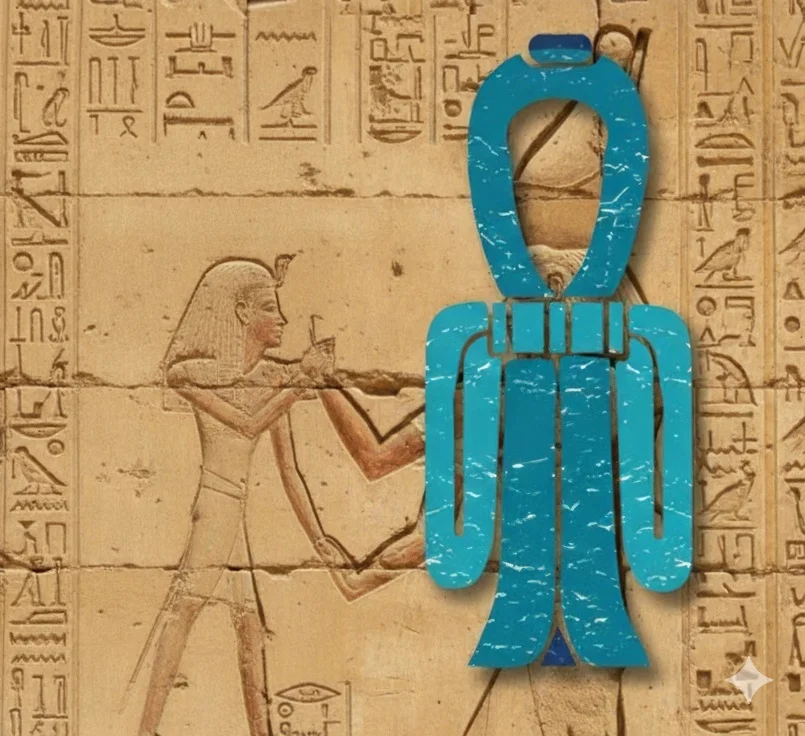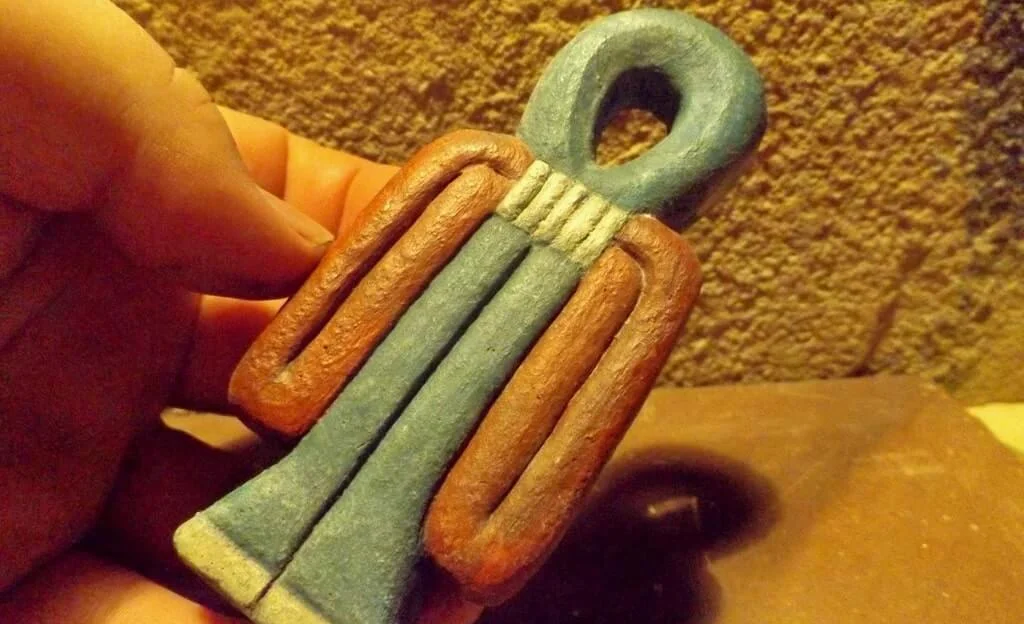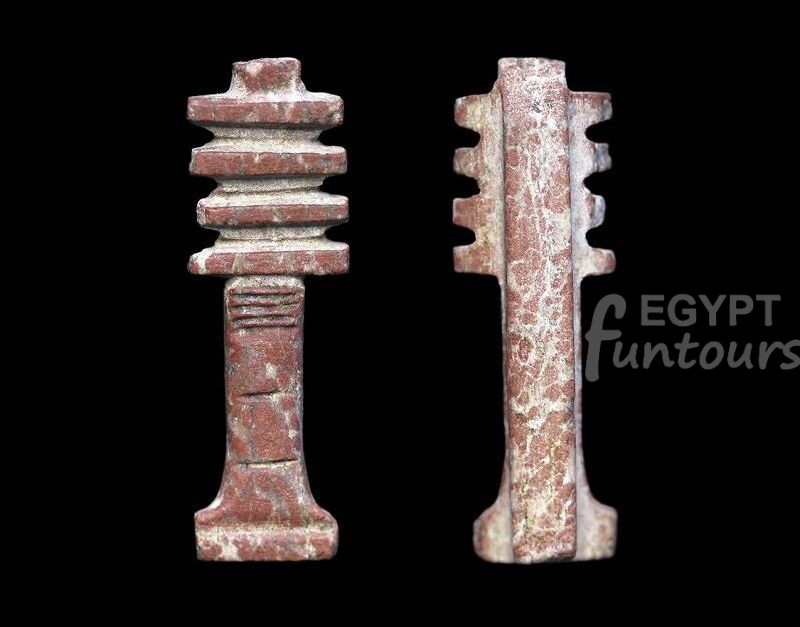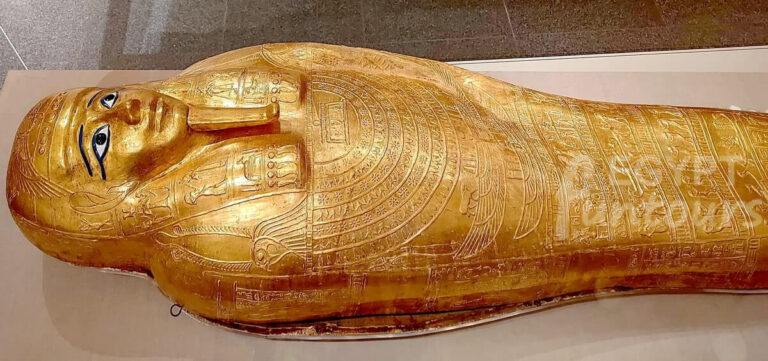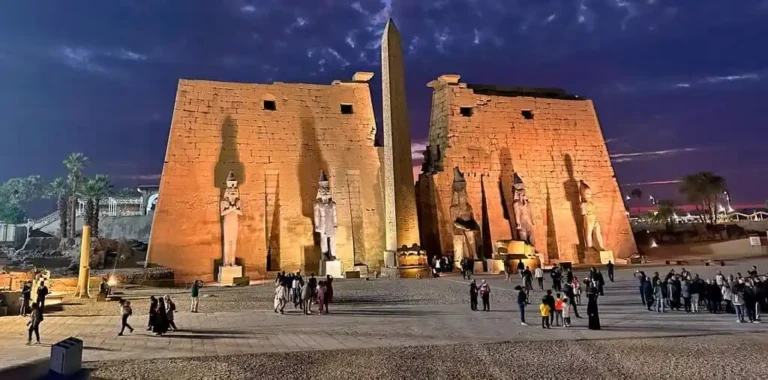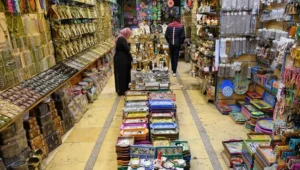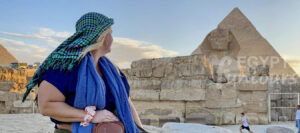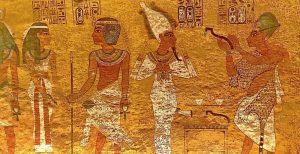An Ancient Egyptian Symbol of Protection and Life
The Tyet, often called the “Knot of Isis” or “Blood of Isis,” is a powerful and enigmatic ancient Egyptian symbol. This intricate knot, resembling a looped piece of cloth, held profound religious and magical significance, primarily associated with the goddess Isis. It functioned as an amulet for protection, particularly in the afterlife, and symbolized life, welfare, and resurrection. Its presence in tombs and on mummies underscored the Egyptians’ deep belief in its protective qualities.

